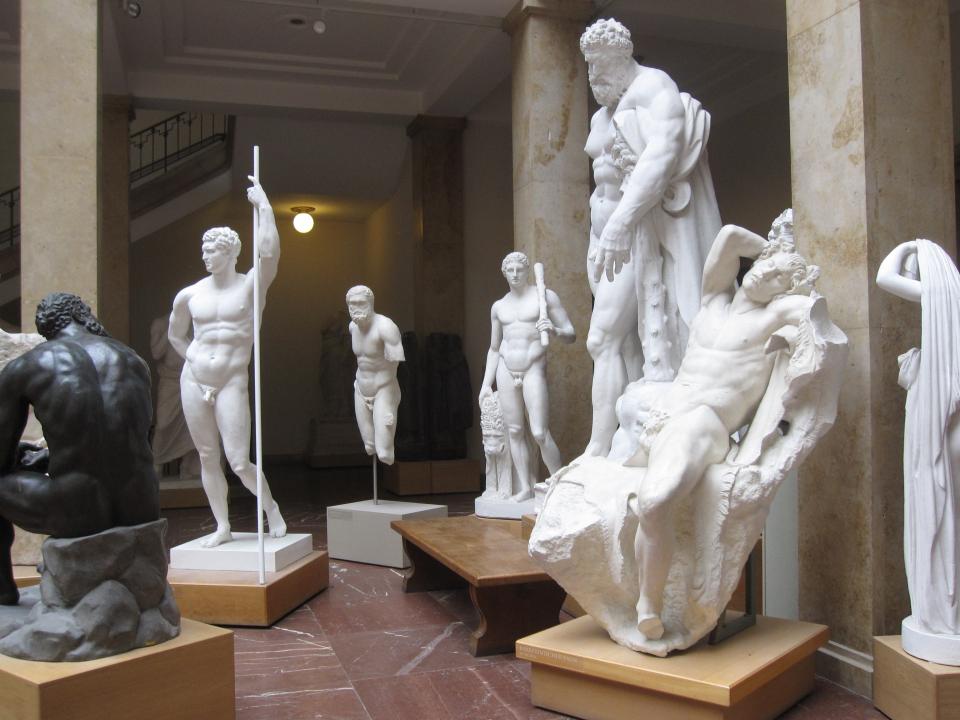About the Artist
Jean-Auguste-Dominique Ingres
Born: Montauban, 29 August 1780
Died: Paris, 14 January 1867
Nationality: French
Collection
Ecole des Beaux-Arts, Paris
Documentation:
Carol Ochman points out that style in Ingres’s Ambassadors of Agamemnon could convey a gendered message:
“One of the most distinctive features of Ingres’s mature style is the serpentine line, whose undulating, sinuous patterns are largely responsible for the sensuousness of many of his most famous images. Eighteenth-century writings, notably William Hogarth’s Analysis of Beauty (1753), associated serpentine line with the sensual female body. In this context, Ingres’s Achilles Receiving the Ambassadors of Agamemnon, 1801, with its cast of male nudes, would appear to be something of an anomaly in that men have the sensual, serpentine forms that Hogarth found to be most persuasively embodied in female bodies. Ingres’s Achilles was not only a vehicle for the sensual but also a vehicle for homoeroticism, in this case a possible homosexual relationship between the painting’s protagonists, Achilles and Patroclus. While this reading of Ingres’s early work may seem inconsistent with his later fetishism of the female body, it should be recalled that Achilles was part of a distinctly postrevolutionary style which preferred a sensualized male body to a heroic one….Ingres drew on a wide range of visual and literary representations, most notably the painting of David and eighteenth-century translations of Homer’s Iliad. But Ingres transformed these models, first by conflating their historical and mythological vocabularies and then by positioning his own figures within a complex bipartite composition, which, among other things, differentiated between two types of men. Ingres’s purpose in emphasizing this dichotomy, I would argue, was to represent the fact that in the distinctly postrevolutionary world, men, unlike women, could choose between negotum (action) and otium (leisure). By choosing a bipartite composition for a narrative featuring men and by differentiating between the two sides in ways that overdetermine oppositional thinking, Ingres subverts, at least in part, the very gender binarism he intends to inscribe.”
Carol Ockman, “Profiling Homoeroticism: Ingres’s Achilles Receiving the Ambassadors of Agamemnon,” The Art Bulletin, vol. 75, no. 2 (June 1993): 259.
